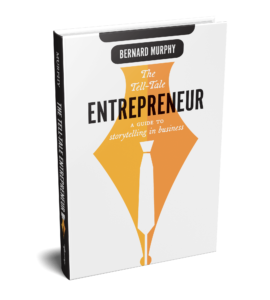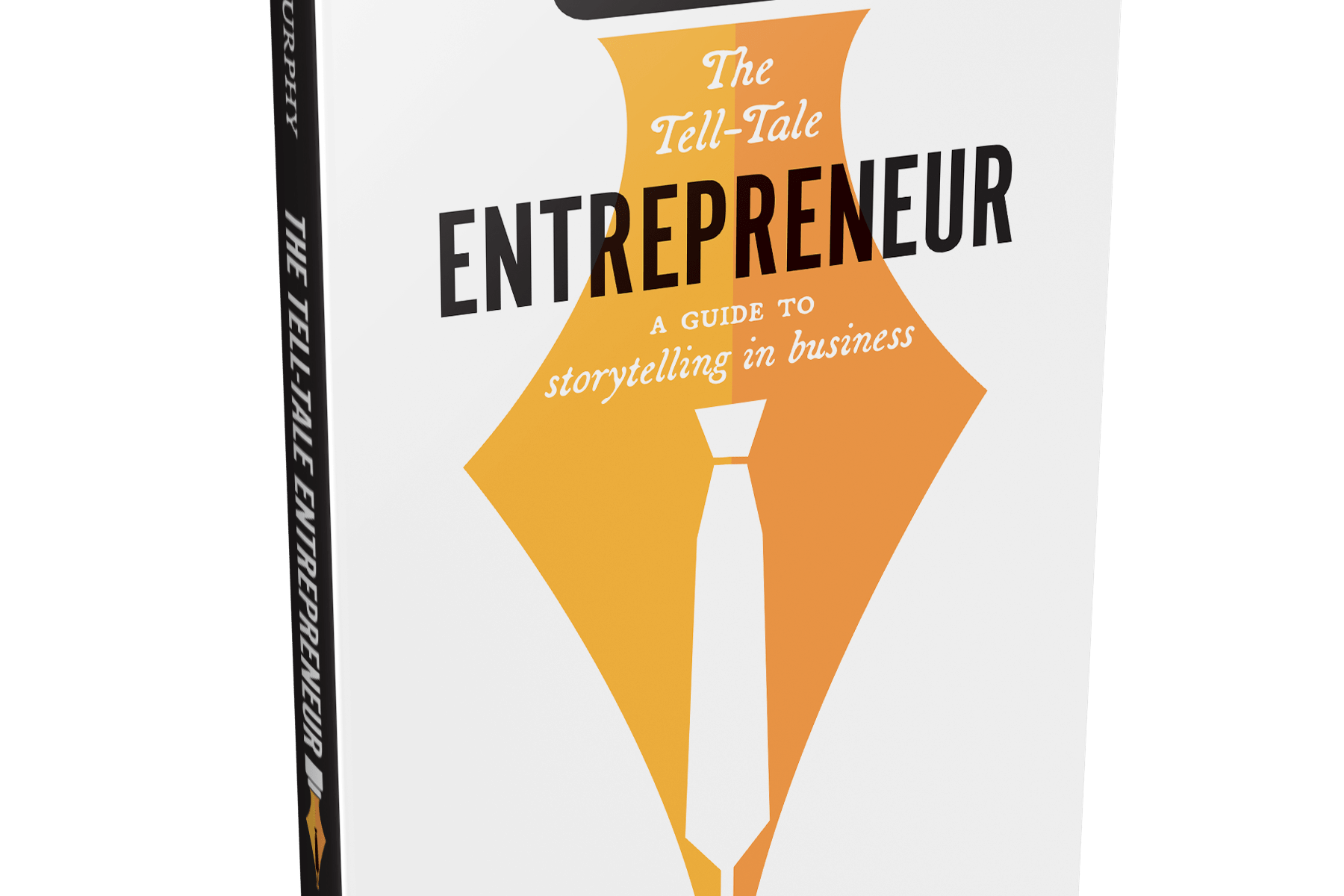Wondering what you might do to up your game this year? What about improving your communication skills? Soothing an angry client, trying to find appeal for a product that’s not exciting customers, or finding the right investor? Working through a growth challenge you under-estimated, or generating excitement in an audience you can’t see? Maybe finding a buyer for your enterprise? Even learning to better communicate on a personal level, with yourself and others? When what we’re doing isn’t working, we tend to think we need more data, or better data, or a magical new imagination of our pitch, or we should work on our speaking style and confidence, to better command our audience. Perhaps. But many times, the better way to communicate is to tell a story.

Why storytelling?
In business and especially in the tech business we’re trained to believe that all persuasion, all decision making is fact and logic based. That whoever has the best facts, features and arguments wins. Every time. We communicate under that assumption, consciously or not. But there’s a problem. We’re emotional animals and we don’t check our emotions at the door when we walk into a business meeting.
Anticipation, excitement, fear, trust, all play a huge role in converting doubters to believers. Emotions that are difficult to excite through slide decks. Aim higher. Don’t just convey information. Trigger your audience’s own flights of fancy around their much bigger goals. Opportunities they hadn’t imagined. Dangers in this path if they don’t take along a worthy mentor. Why should they trust you? Think of the last time you bought a house or a car. Was that a purely logical decision? I doubt it. You bought into your own vision of how that purchase could improve your life. Sure, you carefully checked a bunch of technical boxes, but you ultimately made the decision based on the vision. An emotional decision.
Storytelling works because it engages our emotions. This is self-evident to anyone who enjoys Star Wars, The Lord of the Rings, Romeo and Juliet, The Odyssey. We resonate with a universal story arc, a training wired into our DNA from the dawn of time. Unconsciously engaging in the hero’s quest, the excitement of the adventure. We’re terrified by the big conflict, see ourselves fighting alongside our hero, suffering multiple setbacks. And finally, we share their joy in victory. We are fully emotionally engaged in the story. Long after, we can still vividly recall the highlights and the lowlights. And we remember those who helped us along the way.
Stories in the business world
What does this have to do with your business? The people we want to convince each use the same story-craving brain they use to enjoy big-screen stories. A typical pitch, a dense factual and logical data dump, is a sort of anti-story. Hard work to absorb and definitely not exciting. A story instead directly taps the story arc resonance in our brains, through anticipation, excitement, a climax and ultimate victory. Guiding them to imagine a more exciting quest which you can help them realize.
This isn’t a new idea. Sales professionals intuitively tell stories. Storytelling is the big new trend in marketing. You’ll find no shortage of blogs and white papers to advise you on why you have to jump on board, and how you should tell stories. But there’s something a little off about the advice. Long on explanations and rules and charts, an anecdote or two, but short on real stories. Sort of a technical how-to on storytelling. But technical tutorials aren’t the natural language of storytelling. The right language is stories.
I decided to plug that hole by writing a book on storytelling in business, through real business stories. A couple of introductory chapters, both stories, to lay the groundwork, then a chapter each on a startup story, an investment story, a growth story, a marketing story and an exit story. I close with a story on the stories we tell ourselves, because they greatly influence the stories we tell others.
I know you’ll find this book an easy read, much easier than a typical self-improvement book. I’m certain you’ll also find it stimulates ideas on opportunities and challenges you may face in your own career. Most likely you’ll enjoy both the read and the ideas it stimulates. You can’t help it – that’s the beauty of stories.
The Tell-Tale Entrepreneur is published by Advantage|Forbes Books. You can order it on Amazon. Most New Year’s resolutions are hard work. Do yourself a favor – try a fun resolution and become a better communicator!
Share this post via:






The Quantum Threat: Why Industrial Control Systems Must Be Ready and How PQShield Is Leading the Defense